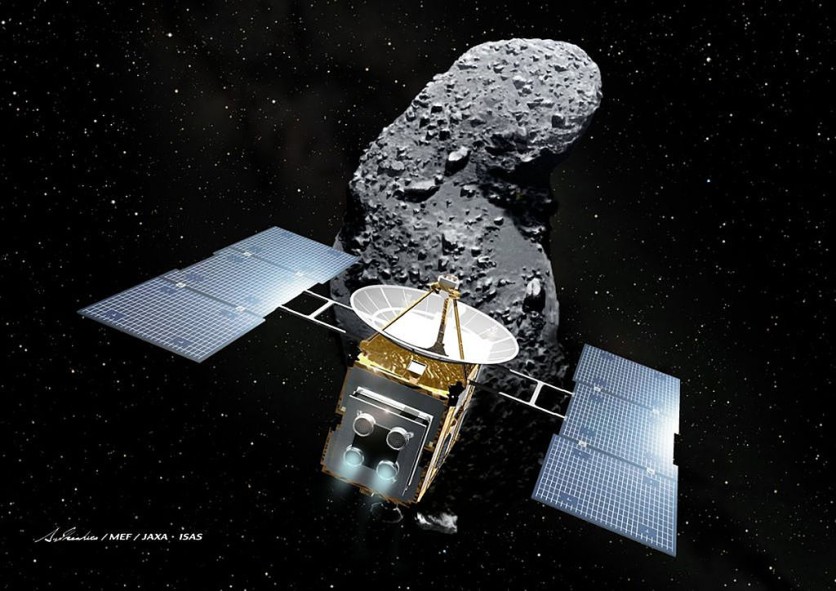Asteroid Ryugu may be one of the keys to unveiling how life started on this planet. According to the recent findings, the asteroid contains ten types of amino acids. These amino acids are said to be the building blocks of proteins and life on Earth.

The scientists detected prebiotic organic compounds, such as proteinogenic amino acids, polycyclic aromatic hydrocarbons, and nitrogen compounds. The prebiotic organic molecules can spread throughout the solar system.
Indeed, it looks like it's that easy for these to spread, which could have implications for how life started on Earth.
The Ryuga asteroid was brought to the planet in 2020 by Japan's Hayabusa 2 mission. Since then, scientists have studied the asteroid and have now revealed some of their findings.
They also discovered that so far, these are the most primitive samples yet, and they hold some crucial clues as to how life began on Earth.
Hiroshi Naraoka of Kyushu University in Japan led the research team.
The Findings in Detail
The number of samples collected weighed 5.4 grams. According to the findings, the asteroid is a CI chondrite asteroid, a type of carbon-rich asteroid with a similar chemical composition to the sun. It is also rich in water and organic material, which may be a source of the origin of life.
This has intrigued many scientists, including Phil Bland, a scientist from Curtin University. He said, "Imagine if you could take all of the gas away from the sun and were just left with a vestige of other elements... you're left with a CI chondrite."
The Ryugu was studied very carefully in a way that it wasn't even exposed to the Earth's atmosphere. Instead, it was studied in a sealed environment that was filled with purified nitrogen or in a vacuum chamber. This is because there is no other sample like it, which makes it an invaluable source of information.
The scientists also think that an asteroid strike could have delivered these organic materials to our planet billions of years ago.
The research on the Ryugu isn't over yet as there could possibly be more data to be revealed. In fact, a new C-type asteroid may be on the way with the 101955 Bennu, another C-type asteroid between Mars and Earth, and will be retrieved for NASA's Origins, Spectral Interpretation, Resource Identification, Security-Regolith Explorer (OSIRIS-REx) mission. It is slated to arrive in late 2023.
Also Read: Origin of the Asteroid That Killed Dinosaurs May Have Been Discovered Using a Computer Model
The Hayabusa 2 Mission
The second asteroid sampling mission, Hayabusa 2, was launched by Japan in 2014, which met with Ryugu in 2018. They took two samples from the asteroid-one from the surface and the other from underneath the surface. In 2020, Hayabusa 2 returned to Earth, and studies began.
Related Article: NASA Ingenuity, Perseverance to Look for 'Ancient Life' on Mars, After Moving on to a New Landing Site
This article is owned by TechTimes
Written by April Fowell




